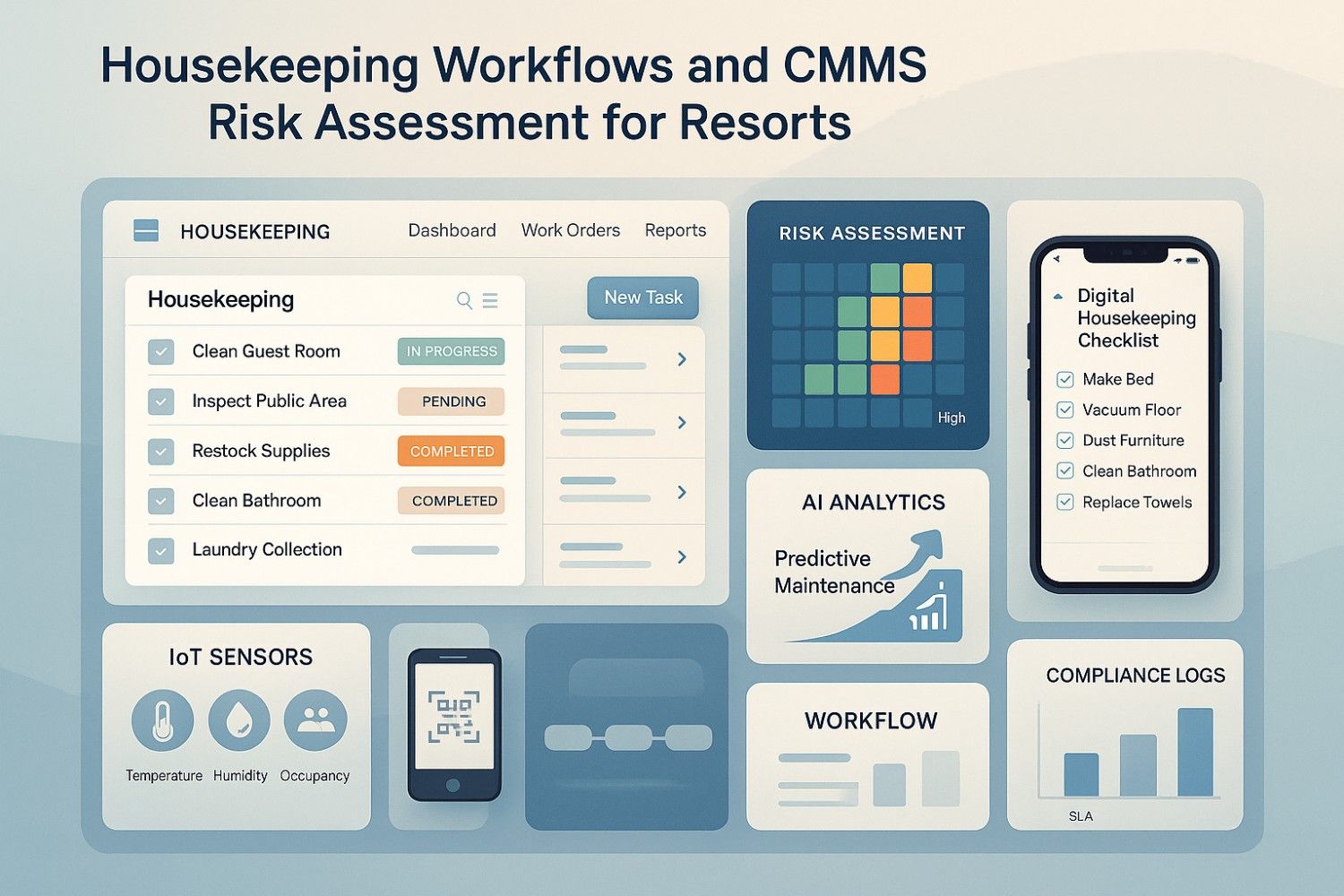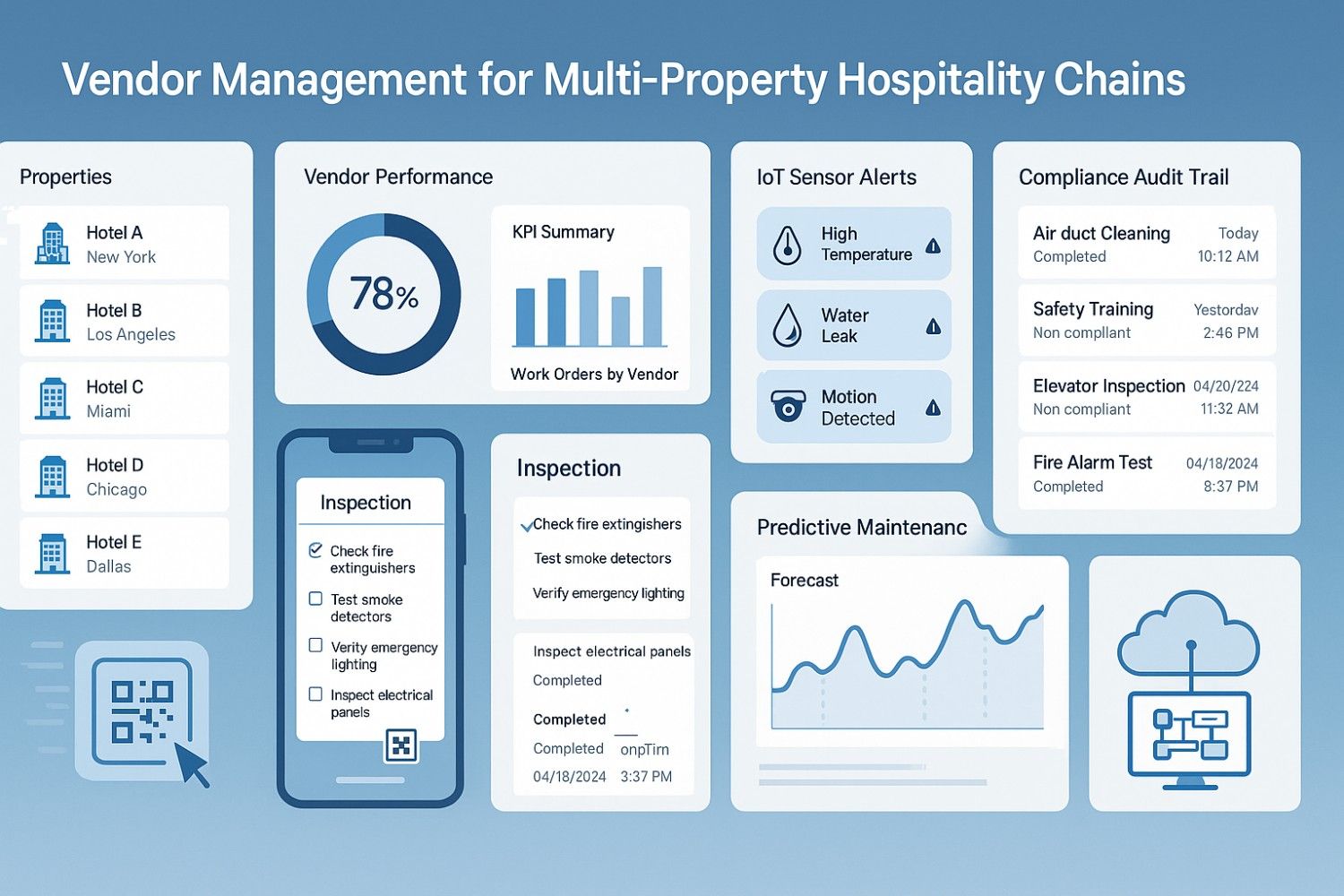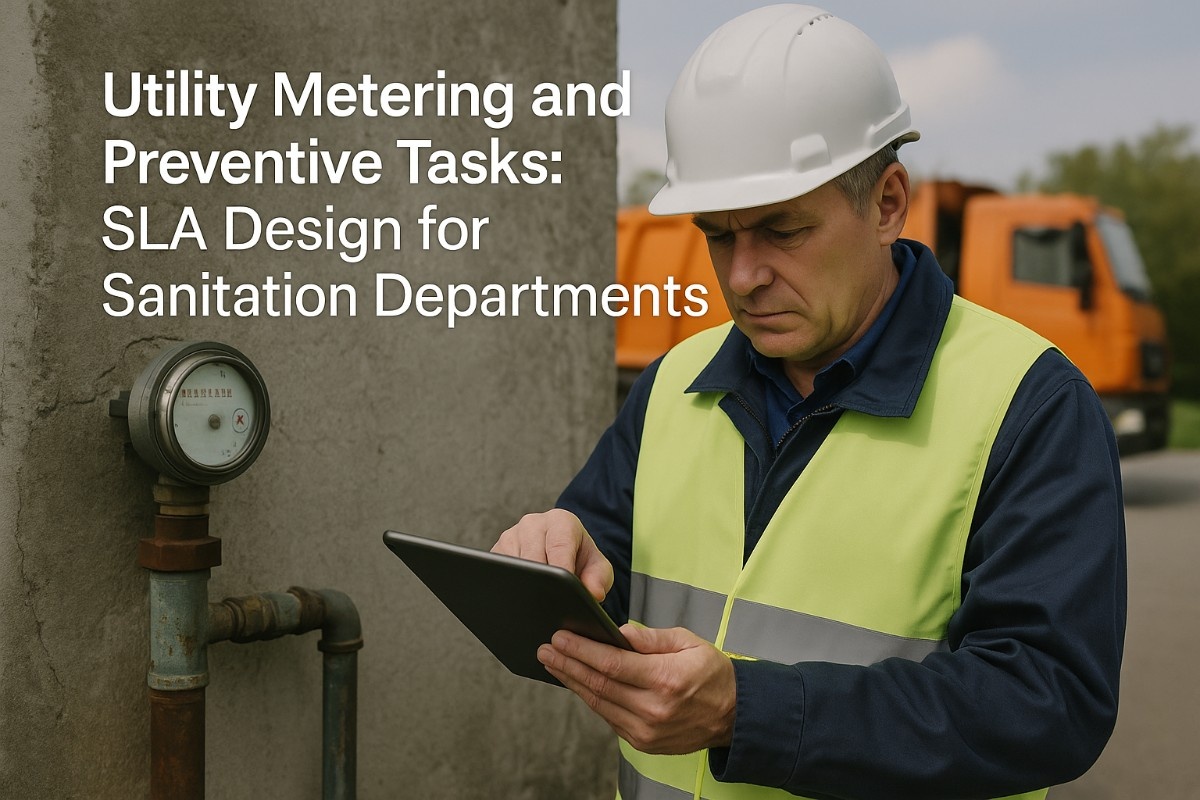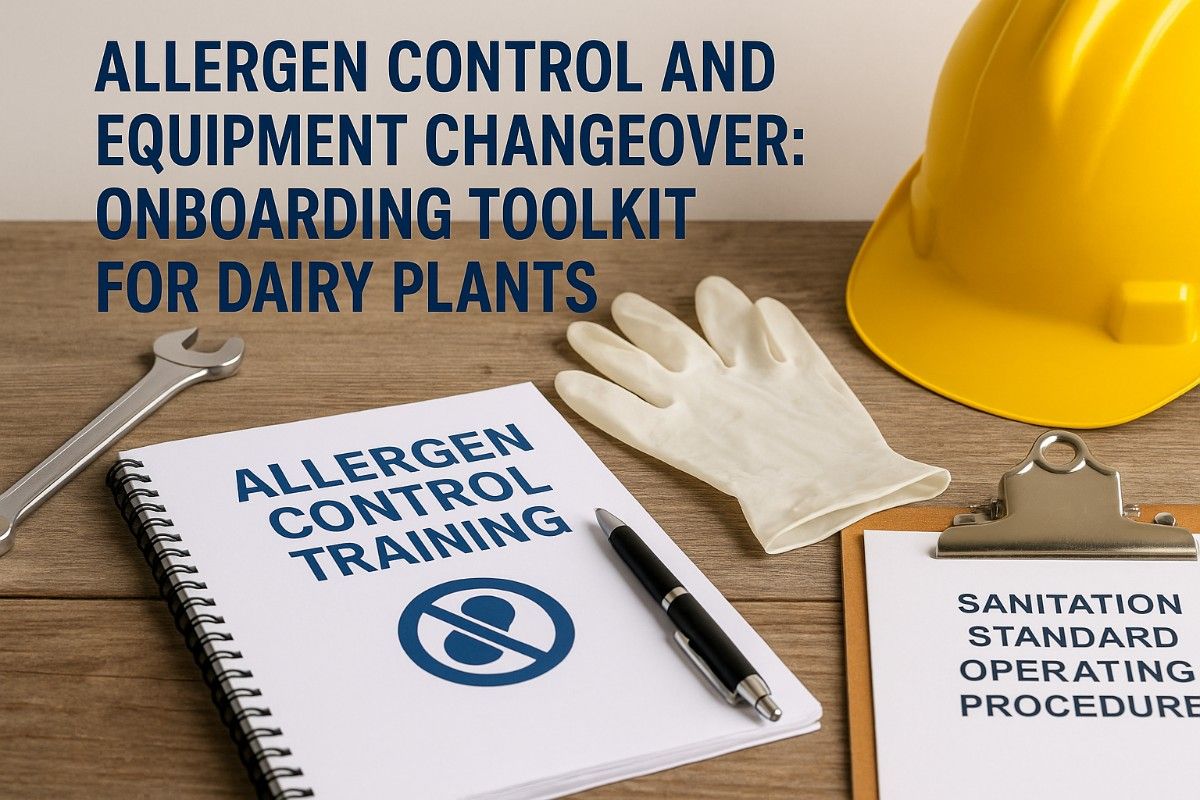In today's manufacturing landscape, the pressure to balance operational efficiency with environmental responsibility has never been greater. As US manufacturers face increasing regulatory demands and consumer expectations for sustainable practices, predictive maintenance emerges as a game-changing strategy that delivers both economic and environmental benefits. This intelligent approach to equipment management doesn't just prevent costly breakdowns—it's revolutionizing how manufacturers think about sustainability, resource optimization, and long-term profitability.
The traditional "run-to-failure" maintenance model is becoming obsolete, replaced by data-driven strategies that predict equipment issues before they occur. This shift represents more than just technological advancement; it's a fundamental reimagining of how manufacturing operations can contribute to a more sustainable future while maintaining competitive advantages in an increasingly demanding market.
Ready to transform your maintenance strategy? Start your sustainability journey today.
Getting StartedBook a Demo
Reducing Energy Consumption Through Optimized Equipment Performance
Predictive maintenance serves as a powerful tool for energy efficiency by ensuring equipment operates at peak performance levels. When machinery runs optimally, it consumes significantly less energy than equipment that's degraded or poorly maintained. Studies show that well-maintained equipment can reduce energy consumption by up to 30%, translating to substantial cost savings and reduced carbon footprint.
Smart sensors and IoT devices continuously monitor equipment parameters such as vibration, temperature, and power consumption. This real-time data allows maintenance teams to identify inefficiencies before they escalate, enabling proactive adjustments that maintain optimal energy usage. For example, a motor operating with worn bearings consumes more electricity and generates excess heat, but predictive maintenance can detect these issues early and schedule repairs before energy waste becomes significant.
Real-World Impact: A major automotive manufacturer reduced their energy consumption by 25% after implementing predictive maintenance across their production lines, resulting in annual savings of $2.3 million and a 15% reduction in their carbon emissions.
Minimizing Waste Through Extended Equipment Lifespan
One of the most significant sustainability benefits of predictive maintenance is its ability to dramatically extend equipment lifespan. Traditional reactive maintenance often leads to premature equipment replacement due to catastrophic failures that could have been prevented. Predictive maintenance takes a different approach, using data analytics to optimize maintenance schedules and prevent the conditions that lead to equipment degradation.
By addressing minor issues before they become major problems, predictive maintenance can extend equipment life by 20-40%. This extension translates directly into reduced waste, as fewer machines end up in landfills and fewer new machines need to be manufactured. The environmental impact is substantial—manufacturing new industrial equipment requires significant raw materials, energy, and resources, all of which are conserved when existing equipment operates longer.
Additionally, predictive maintenance enables more efficient parts management. Instead of replacing entire systems during emergency repairs, maintenance teams can replace specific components at optimal intervals, reducing both material waste and the environmental impact of manufacturing replacement parts.
Optimizing Resource Utilization and Supply Chain Efficiency
Predictive maintenance revolutionizes resource utilization by enabling precise planning and scheduling of maintenance activities. This precision eliminates the waste associated with both under-maintenance and over-maintenance scenarios. Traditional preventive maintenance often follows rigid schedules that may result in replacing components that still have useful life remaining, while reactive maintenance can lead to emergency procurement of parts with expedited shipping costs and environmental impact.
Smart maintenance systems optimize inventory management by predicting exactly when parts will be needed, reducing excess inventory and the associated storage costs and waste. This approach also minimizes the environmental impact of supply chain logistics, as parts can be ordered and delivered using standard shipping methods rather than emergency rush deliveries that often require less efficient transportation methods.
Furthermore, predictive maintenance enables better coordination with suppliers, allowing for more sustainable packaging and shipping practices. When maintenance schedules are predictable, suppliers can consolidate shipments, use more environmentally friendly packaging materials, and optimize delivery routes to reduce carbon emissions.
See how predictive maintenance can optimize your operations and boost sustainability.
Book a DemoGetting Started
Data-Driven Decision Making for Environmental Impact
The foundation of predictive maintenance lies in its data-driven approach, which provides unprecedented visibility into the environmental impact of manufacturing operations. Modern predictive maintenance systems collect and analyze vast amounts of data from equipment sensors, energy meters, and production systems, creating a comprehensive picture of operational efficiency and environmental performance.
This data enables manufacturers to identify patterns and correlations that weren't previously visible. For instance, they might discover that certain operating conditions lead to increased energy consumption or that specific maintenance practices result in longer equipment life. These insights drive continuous improvement in sustainability practices, allowing manufacturers to make informed decisions about equipment upgrades, operational changes, and maintenance strategies.
Advanced analytics can also predict the environmental impact of different maintenance strategies, helping manufacturers choose approaches that minimize their carbon footprint while maintaining operational efficiency. This capability is particularly valuable as environmental regulations become more stringent and companies seek to meet ambitious sustainability targets.
Building a Sustainable Future Through Smart Maintenance
The integration of predictive maintenance into sustainability strategies represents a fundamental shift in how manufacturers approach environmental responsibility. Rather than viewing maintenance as a necessary cost, forward-thinking companies recognize it as a strategic tool for achieving sustainability goals while improving operational performance.
This approach aligns perfectly with the growing emphasis on circular economy principles, where the goal is to keep resources in use for as long as possible and minimize waste. Predictive maintenance supports these principles by maximizing equipment utilization, optimizing resource consumption, and reducing the need for new equipment manufacturing.
As manufacturers continue to face pressure from stakeholders, regulators, and consumers to reduce their environmental impact, predictive maintenance provides a practical and profitable path forward. Companies that embrace this technology today position themselves as leaders in sustainable manufacturing, gaining competitive advantages that extend far beyond cost savings.
Predictive maintenance represents more than just a technological upgrade—it's a pathway to sustainable manufacturing that benefits both the bottom line and the environment. By reducing energy consumption, extending equipment lifespan, optimizing resource utilization, and enabling data-driven environmental decisions, predictive maintenance transforms traditional manufacturing operations into efficient, sustainable powerhouses.
The question isn't whether your manufacturing operation can afford to implement predictive maintenance—it's whether you can afford not to. As sustainability becomes increasingly critical to business success, predictive maintenance offers a proven strategy for achieving environmental goals while maintaining competitive advantages in the global marketplace.
Ready to revolutionize your maintenance strategy and enhance sustainability? Take the first step today.
Getting StartedBook a Demo
Frequently Asked Questions
1. How much can predictive maintenance reduce energy consumption in manufacturing?
Predictive maintenance can reduce energy consumption by 20-30% on average by ensuring equipment operates at peak efficiency. This is achieved through early detection of inefficiencies, optimal maintenance scheduling, and preventing equipment degradation that increases energy usage.
2. What is the typical ROI timeline for predictive maintenance sustainability initiatives?
Most manufacturers see ROI within 12-18 months through reduced energy costs, extended equipment life, and decreased waste. The sustainability benefits compound over time, with many companies reporting 200-300% ROI within 3-5 years when factoring in environmental cost savings and regulatory compliance benefits.
3. Can predictive maintenance help meet environmental compliance requirements?
Yes, predictive maintenance provides detailed data and documentation that supports environmental compliance reporting. It helps reduce emissions through optimized equipment performance, minimizes waste generation, and provides the data trail necessary for environmental audits and sustainability certifications.
4. How does predictive maintenance compare to traditional maintenance in terms of environmental impact?
Predictive maintenance significantly outperforms traditional maintenance in environmental impact. It reduces waste by 25-40%, extends equipment life by 20-40%, and optimizes resource utilization compared to reactive or time-based maintenance approaches, resulting in a substantially lower carbon footprint.
5. What types of manufacturing equipment benefit most from predictive maintenance for sustainability?
High-energy consuming equipment like motors, pumps, compressors, and HVAC systems benefit most from predictive maintenance. Additionally, critical production equipment, conveyor systems, and heat exchangers show significant sustainability improvements through predictive maintenance strategies due to their energy consumption and operational importance.









